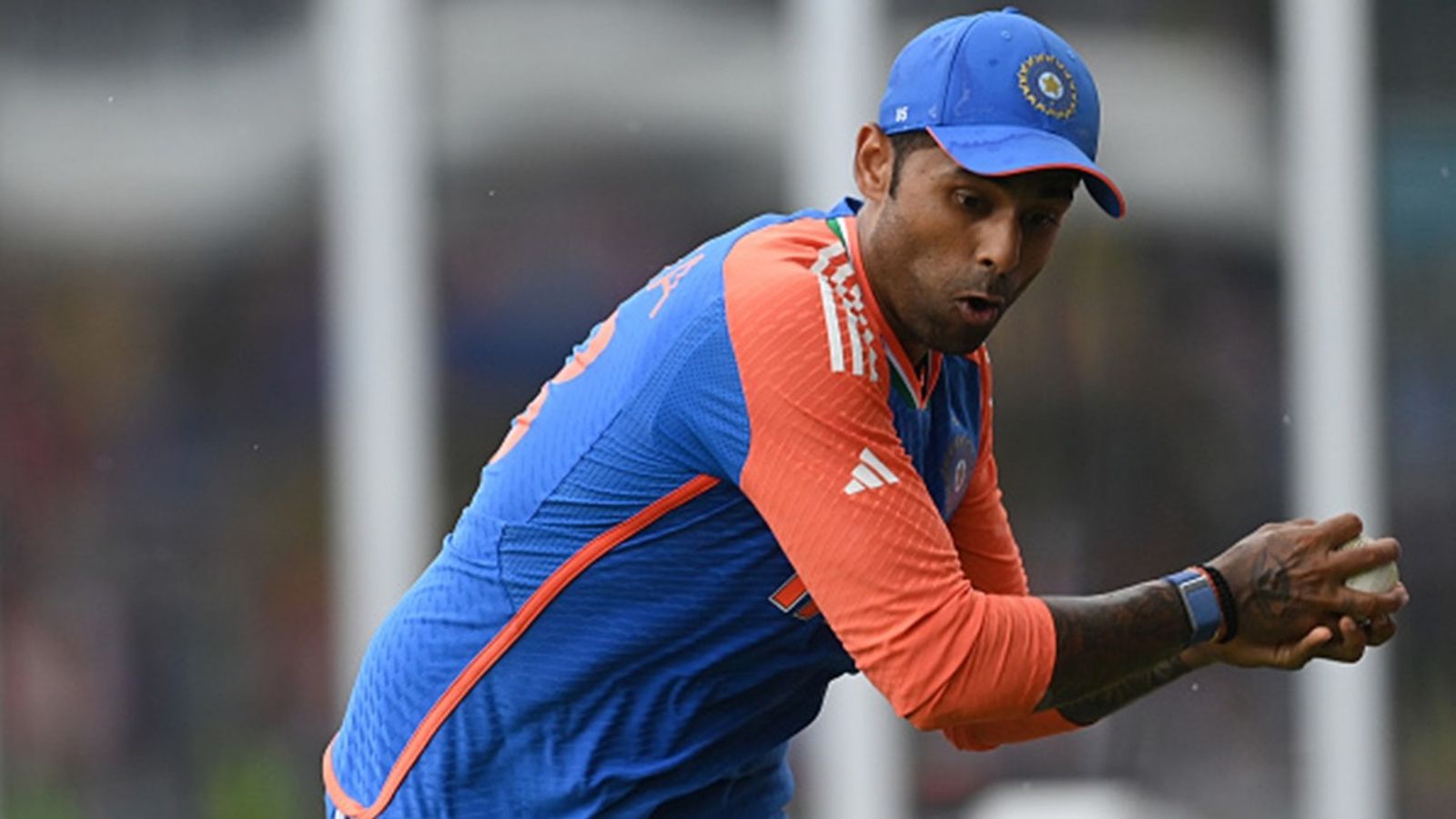The fielding has evolved over the years with players taking spectactular catches on the boundary. Players are often seeing resorting to going outside the boundary as they are falling over, catch the ball outside the boundary while airborne and then take it safely inside. As per the new MCC law, there is a huge change that has been made to 'bunny hop' catches and relay catches.
Earlier, a fielder could throw the ball up a few times even outside the boundary until and unless he or she is airborne while in contact with the ball. However, during Big Bash League (BBL) 2023-24, Michael Neser's belligerent catch led to controversy. He was way beyond the boundary when he hopped and pushed the ball back in play.
As per the new rule which will be in effect in the ICC's playing conditions this month and enter the MCC's laws in October 2026, a fielder can touch the ball just once when he or she is outside the boundary ropes. Then, the fielder needs to come back inside the boundary to complete the catch.
MCC has made changes to relay catches as well. A fielder on the boundary often lobs the ball to the fielder nearby if he or she is falling over. When the catch is taken the fielder who lobbed the ball is often seen outside the boundary ropes. However, as per the new rule, the fielder who lobbed the ball will have to be inside the boundary when the catch is taken by the teammate. If the fielder is outside the line, it will end up being a boundary for the batting side.
What the MCC rulebook will say-
19.5.2 - A fielder who is not in contact with the ground is considered to be grounded beyond boundary if, prior to their first contract with the ball, their final contact with the ground was not entirely within the boundary. This applies to any fielder who makes contact with the ball after it has been delivered by the bowler, whether or not the ball has previously been touched by another fielder.
19.5.2.1 - If a fielder's first contact with the ball does not contravene 19.5.2, that fielder may jump from outside the boundary in order to make contact with the ball whilst airborne. After making contact with the ball once airborne, all subsequent contact with the ground by that fielder, until the ball becomes dead, must be within the field of play. Any subsequent contact with the ground outside the boundary by that fielder during that delivery, whether or not in contact with the ball, will result in a boundary being scored.
19.5.2.2 - If the ball is returned to the field of play, whether to another fielder or onto the ground, by a fielder who has jumped from outside the boundary, that fielder must land, and remain within the boundary until the ball becomes dead. Otherwise, a boundary shall be scored.


